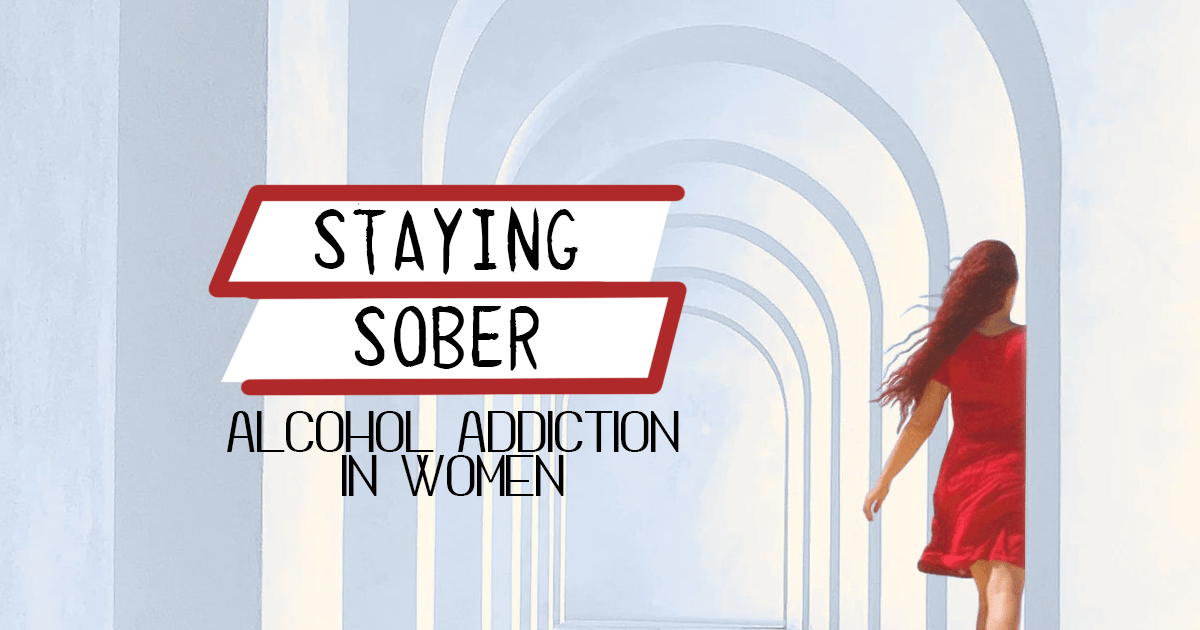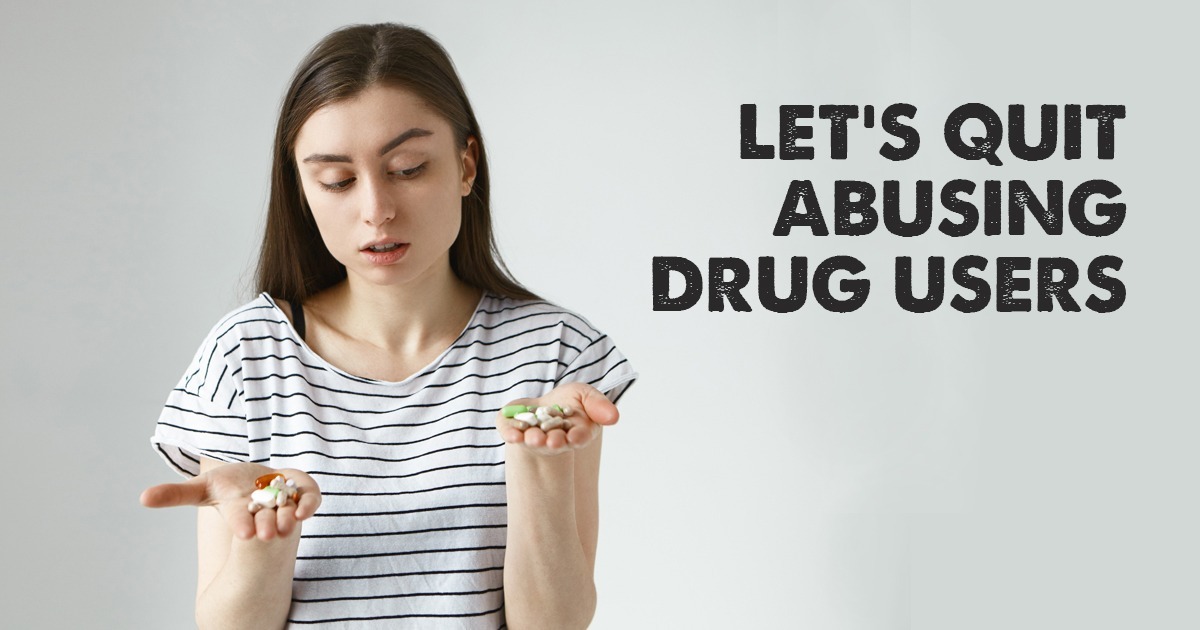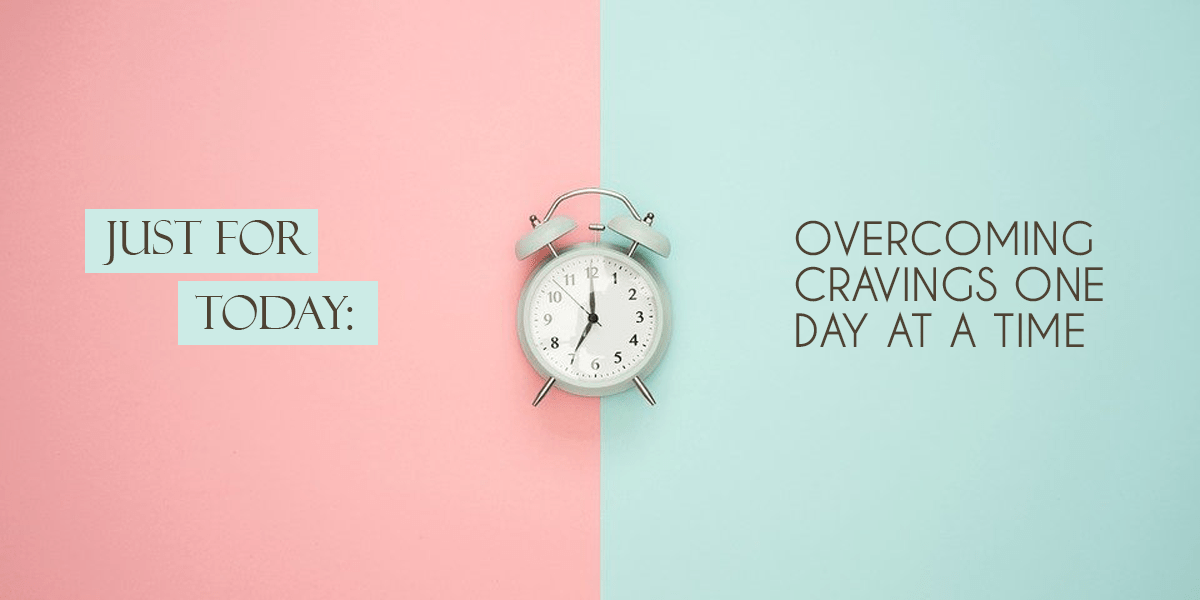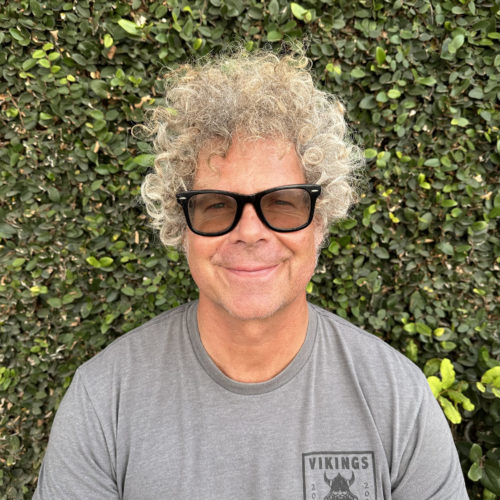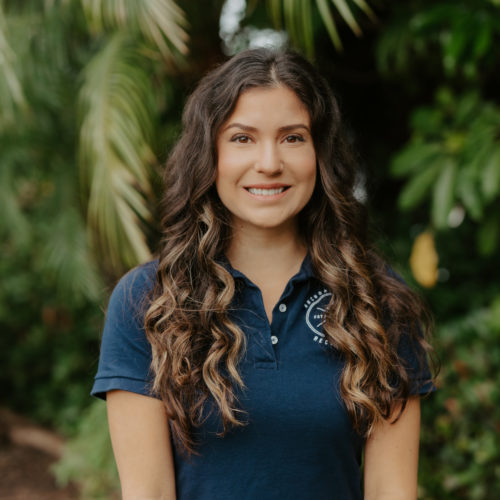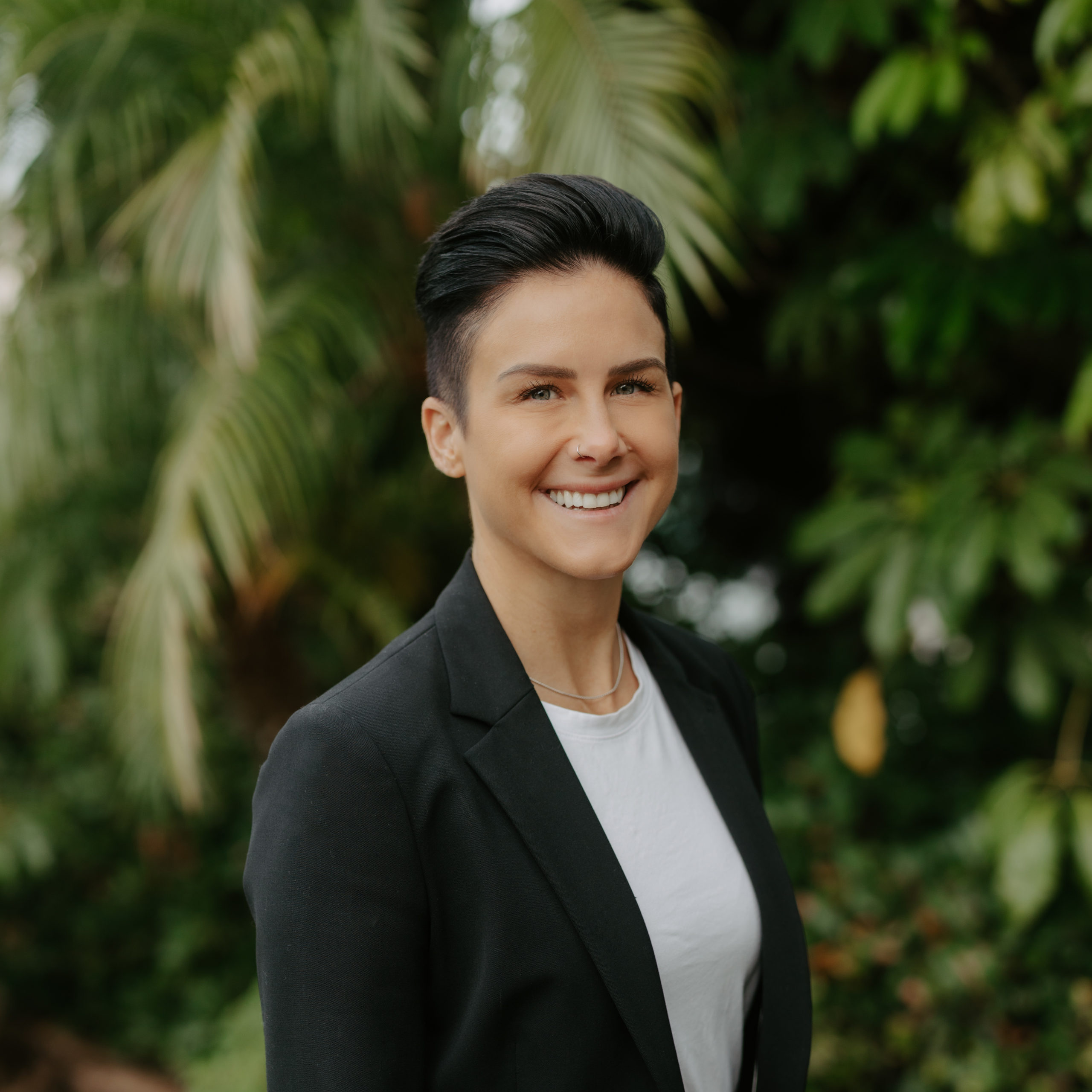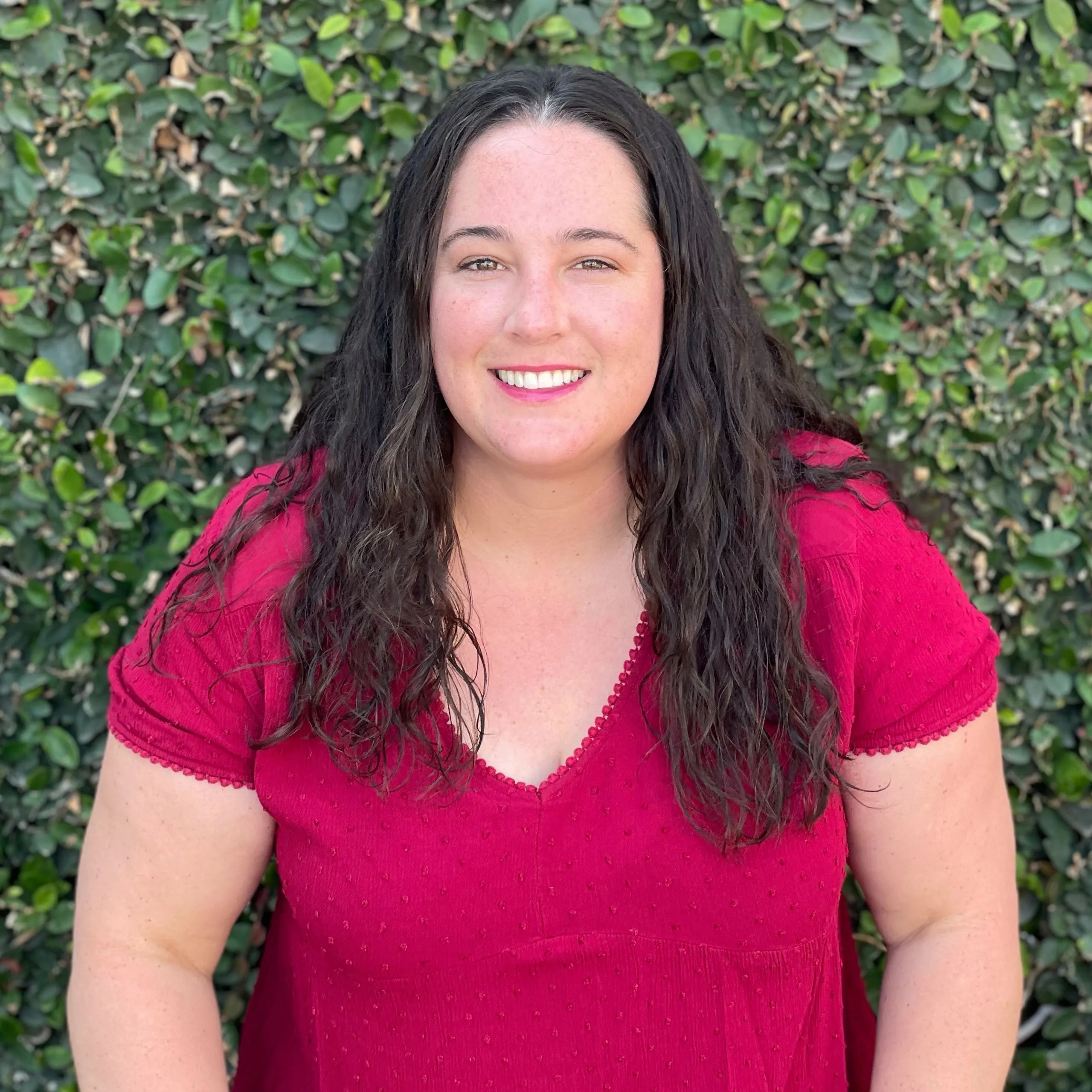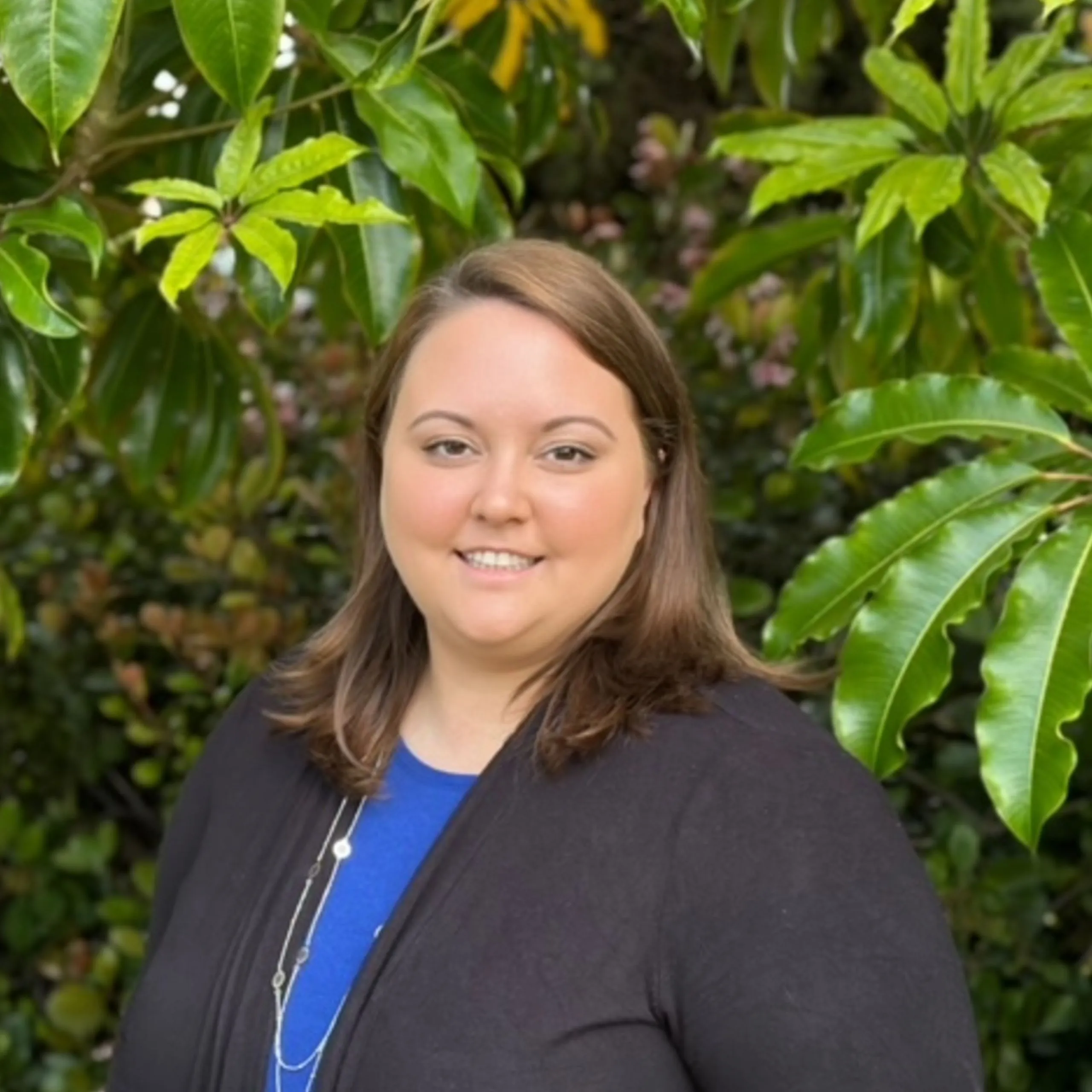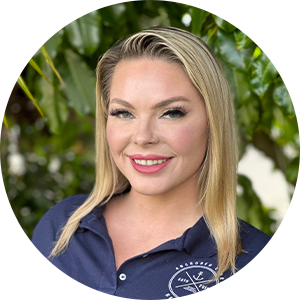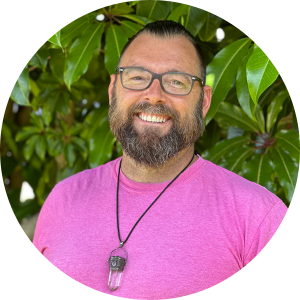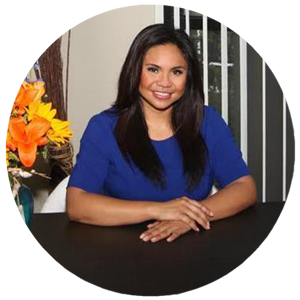
You may frequently hear about the 12 Step program from Alcoholics Anonymous, as it relates to drug and alcohol addiction. The 12 Step program is a plan to overcome drug addiction and other defects of character through a spiritual awakening as a result of these steps. The idea of the model is that people can support one another to help each other work through substance abuse, but surrendering to a higher power is also critical.
The program began in the 1930s with Bill Wilson’s decision to turn his experience with alcoholism into a message to alcoholics and to practice these principles in addition to prayer and meditation to improve lives. His message was an attempt to give other addicts the ability to remove all these defects and give the power to carry this message to others who are ready to have God. He talked in his writings about how positive it could be when people dealing with an addiction to alcohol shared their stories. Wilson went on to write his program in what eventually became known as the Big Book. The original form of the steps focused on spirituality and came from a Christian philosophy of ultimate authority. Since it was written, the Big Book has become a key tenant of many treatment programs and self-help groups.
DON'T WAIT ANY LONGER...
Breaking Down The 12 Steps of AA
The original Alcoholics Anonymous (AA) group has also led to Narcotics Anonymous (NA), Gamblers Anonymous (GA), and Heroin Anonymous (HA), among others. A few principles of the 12 Step program include:
- People can help each other maintain abstinence from behaviors or substances they’re addicted to.
- Requiring complete abstinence from substances.
- You can use the model to develop new patterns as you move forward in your life.
- You’re letting go of the ego through a spiritual process as you surrender to a higher power.
- Meetings are considered a mutual support group that is the fellowship component of the program.
- While there is a spiritual foundation of the twelve-step program, many participants find that they can interpret the concept of God in their own way and according to their own beliefs.
With that in mind, below, we begin breaking down the 12 step program of AA and what each entails.
Step One: Honesty
“We admitted we were powerless over alcohol—that our lives had become unmanageable.”
In this step, you admit that you are powerless over alcohol or your addiction. During this time, you also admit to yourself and others that your life is no longer manageable. Addiction is often defined by denial, and one of the most important steps in your personal recovery process, at least when you’re breaking down the 12 step program of AA, is that you’re no longer in denial. This may be a time that you not only admit you have an addiction, but perhaps your friends and family stop being in denial about it as well.
Step Two: Faith
“Came to believe that a Power greater than ourselves could restore us to sanity.”
Step two is when you work to believe that there is a Higher Power that is greater than you who can bring you back to a thriving life. The idea here is that before a higher power can help you heal, you have to have a belief that’s possible.
Step Three: Surrender
“Made a decision to turn our will and our lives over to the care of God as we understood Him.”
In step three of the program, you decide that you’re going to give your will and your life to the care of God as you understand him. You recognize your ability to change your self-destructive decisions, but also that you can’t do it on your own. You have to rely on help from your Higher Power to make this change.
Step Four: Soul-Searching
“Made a searching and fearless moral inventory of ourselves.”
In this step of the 12 step program, when breaking down the 12 steps of Alcoholics Anonymous, you’re starting to take a moral inventory of yourself. This requires an honest assessment and identification of your problems. This is also a time where you begin to take inventory of how your behaviors have affected not just you but the people around you.
Step Five: Flaws
“Admitted to God, to ourselves, and to another human being the exact nature of our wrongs.”
Once you’ve done step four, and you’ve taken a moral inventory of yourself, you can admit not only to God but to yourself and to others the specific nature of your wrongs. During Step 5, you can begin to grow as a person.
Step Six: Acceptance
“Were entirely ready to have God remove all these defects of character.”
During this phase, you accept your character flaws and yourself as you are, and then you let it go and ask God to remove them.

Step Seven: Humility
“Humbly asked Him to remove our shortcomings.”
During this part of the process, you should submit to the fact that there are things you can’t do on your own, and you need to ask a Higher Power to help you. You’re asking your Higher Power to remove your failings or shortcomings.
Step Eight: Willingness
“Made a list of all persons we had harmed, and became willing to make amends to them all.”
This is where you begin to work toward healing broken relationships. During this step, you should create a list of everyone you caused harm to before your recovery. The willingness part of this step means that you are willing to make amends to the people you identified as having harmed in any way.
Step Nine: Amends
“Made direct amends to such people wherever possible, except when to do so would injure them or others.”
After you’ve inventoried those you may have hurt, the next step requires directly making amends to them. This can be challenging, but it’s an important part of healing broken relationships. That tends to be a big struggle for people in recovery, and the fact that it’s included as part of the steps is often helpful.
Step Ten: Maintenance
“Continued to take personal inventory and when we were wrong promptly admitted it.”
Step ten focuses on continuing to take a personal inventory, and then if you find that you’ve been wrong in something, you admit it as hard as it can be. By continuing to take inventory of yourself and your actions, the idea is that you can grow spiritually and make progress in your recovery.
Step Eleven: Making Contact
“Sought through prayer and meditation to improve our conscious contact with God, as we understood Him, praying only for knowledge of His will for us and the power to carry that out.”
During Step 11, you want to discover more about the plan your Higher Power has for your life.
Step Twelve: Service
“Having had a spiritual awakening as the result of these Steps, we tried to carry this message to alcoholics, and to practice these principles in all our affairs.”
Finally, the last step focuses on service to others. When you’re in recovery, it’s beneficial for your journey if you help others to learn more about the program. You should also aim to keep the program as part of your everyday life.
Why Does the 12 Step Approach Work?
A woman’s way through the Twelve Step Program offers a supportive, gender-sensitive approach to recovery, empowering women to navigate their unique challenges. This program provides a compassionate framework for healing and personal growth.
This step-by-step program works for recovery from addiction because the idea is that you’re looking deep within yourself in a critical way that we often don’t. You’re then deconstructing your ego so that you can rebuild it, piece by piece or step by step. You’re learning how to make positive changes in your life through honesty, humility, forgiveness, and self-discipline.
Alternatives to the 12 Steps of Alcoholics Anonymous
Of course, the 12 Steps don’t work for everyone, and that’s okay too. There are alternatives, such as SMART Recovery. SMART Recovery helps you change your behavior, but it doesn’t have the spiritual element of a 12-Step program. SMART Recovery stands for self-management and recovery training. This program emphasizes building self-confidence and developing the tools you need to overcome addiction. There are facets of cognitive-behavioral therapy that are central to SMART Recovery.
That’s just one example of a 12-Step alternative, but there are others, many of which are secular. Most of the other options focus on self-reliance, empowerment, and control rather than submitting to a Higher Power.
Taking the First Step
The first step is usually the hardest because this requires a person to admit they have a problem and accept help. If you, or someone you love, are ready to take that first step, we invite you to come to take it with us at Anchored Tides Recovery.
Our gender-specific female facility is a place where women can heal together. Many of our clients are successful in their recovery using the 12 step program, and we’re happy to help you be one of our following successful clients. Call us today and speak with one of our care coordinators about taking back control and starting your program.







